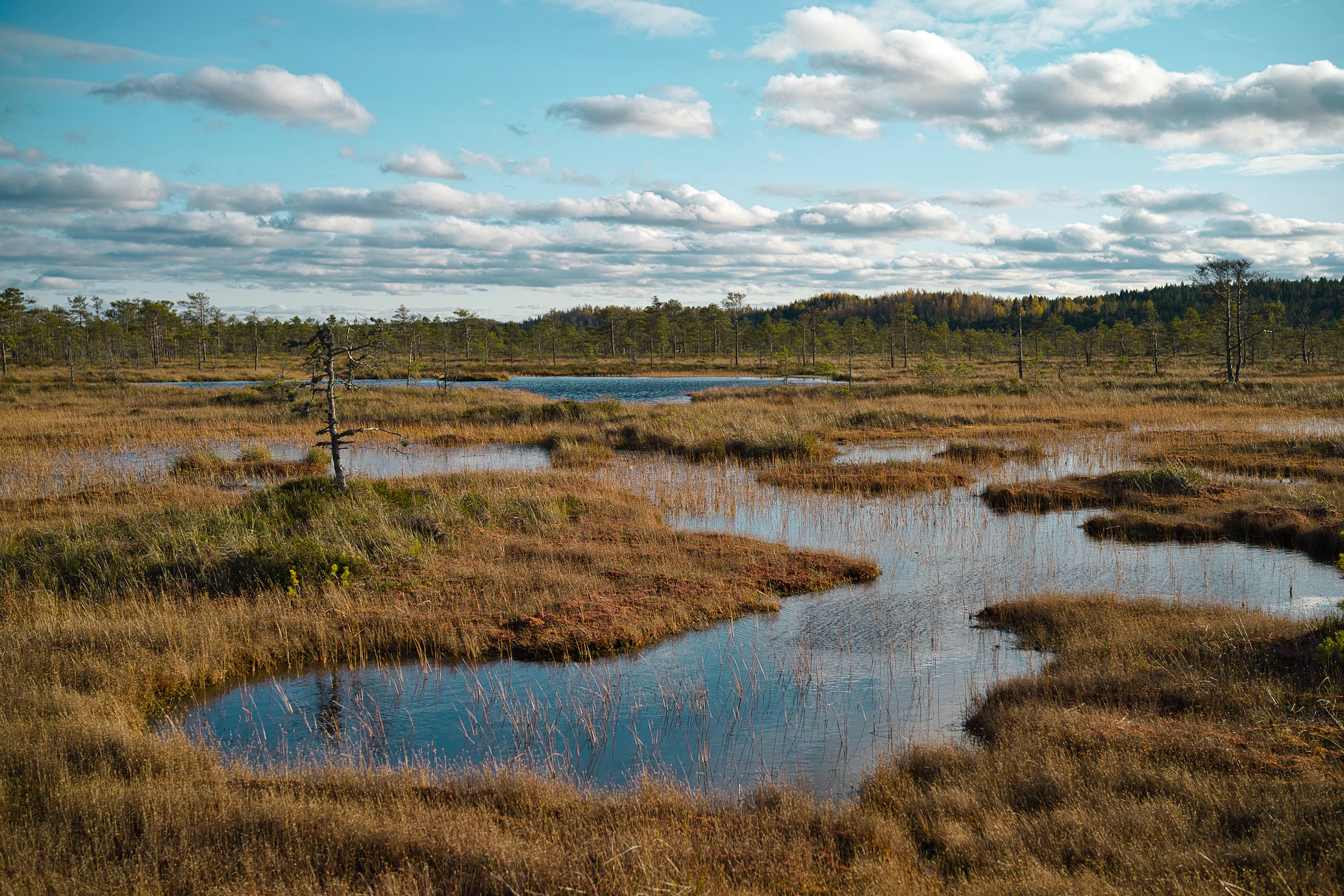“Carbon credits are when you plant trees to offset greenhouse gas emissions, aren’t they?” It’s a question I’m often asked when I talk about my work. The answer is yes… and no. A carbon credit represents one tonne of greenhouse gas (GHG) that has been reduced or removed from the atmosphere. However, these removals and reductions may have been created in different ways. Let’s take a closer look at carbon credits for a better understanding.
The 3 types of carbon credits
The voluntary carbon market is vast and varied. However, it is possible to categorize the different types of credits:
- Credits from engineered carbon capture technologies
- Credits from GHGs sequestered by nature (Nature Based Solutions)
- Credits from reducing GHG emissions at source.
Engineering carbon capture technologies
These credits come from the capture of CO2, which is then incorporated into various products to prevent it from returning to the atmosphere. Sequestration is achieved by injecting CO2 into underground geological formations, such as saline aquifers or empty cavities. Other innovative projects, such as Deep Sky, are also in the development phase.
Emissions sequestered thanks to Nature Based Solutions (NBS)


These credits come from the fact that certain natural environments store carbon. I promise we won’t go into too much detail about plant biology! In short, these are natural environments which, through photosynthesis, capture carbon from the atmosphere and store it in the form of sugars in plant tissues.
There are therefore projects to reduce GHG emissions where natural forests are protected and trees are planted. Natural environments can also act as carbon sinks by avoiding decomposition. Indeed, decomposition releases GHG emissions. If the natural environment is not conducive to decomposition, then it traps carbon for thousands of years. This is the case, for example, with peat bogs.
Note that nature-based solutions promote biodiversity and restore natural ecosystems. This is done in addition to the GHG emissions sequestered. Secondly, some projects can also contribute to climate adaptation by mitigating its impacts. One example is the reduction of flooding thanks to natural wetlands. Or regulating the local climate by planting trees.
Emissions Reduction at Source
Source reduction credits represent the avoidance and/or reduction of GHG emissions. Reductions must go beyond previous or common practices. These credits therefore encourage a move away from Business As Usual and towards eco-responsible and innovative practices. For example, conversion from fossil fuels to green energy, energy efficiency and waste reclamation are all part of projects to reduce emissions at source.
Energy conversion and efficiency
Switching from fossil fuels to green energy (wind, hydro, nuclear, solar) avoids or reduces the GHG emissions associated with fuel combustion. For each kWh generated, the carbon footprint is proportionally smaller than before.
Energy efficiency measures enable us to meet the same demand with lower energy consumption. As a result, GHG emissions are further reduced.
Waste recovery and reuse
Traditionally, residual materials are sent to landfill sites. This emits GHGs as the waste decomposes. When residual materials are recycled or composted, GHG emissions are greatly reduced. Ultimately, it’s even better when residual materials are reused. For example, as a raw material. In this way, the potential extraction of raw materials to manufacture a product is avoided.
A good example is Lauzon Bois Énergétique, a member of the Will Solutions Sustainable Community, which harvests wood residues from several forestry companies. The company avoids the originally planned landfill. Lauzon Bois Énergétique then transforms them into wood pellets for biomass heating. As the old saying goes, one man’s waste is another man’s treasure!
Many other excellent examples of reduction projects can be found on our website. Our Sustainable Community brings together a variety of emission reduction projects from Quebec and Ontario.
In addition, source reduction projects also encourage innovation, and the development and adoption of cleaner, more sustainable technologies.
Finally, reduction projects are adaptable to the specificities of different fields and industries. This makes them a highly flexible project category with a wide range of applications.
Why are different types of carbon credits important?
It’s important to know about the different types of carbon credits because, as Sebastien Cross, co-founder of BeZero Carbon, says, “some carbon credits perform better than others” when it comes to actually reducing GHG emissions.
Indeed, carbon credits from nature-based projects have often received bad press for a variety of reasons, some more legitimate than others.
Firstly, in these projects, it is difficult to maintain CO2 sequestration, as natural environments are subject to many hazards, such as forest fires. When plants are used as fuel, the stored CO2 is immediately released back into the atmosphere. To remedy this, some project developers apply probabilities to take these hazards into account.


Secondly, carbon credits can be issued based on the number of tonnes of GHGs a project is expected to reduce. In other words, these carbon credits can be sold before the reduction has actually occurred. This is known as ex-ante certification. This allows the project proponent to secure financing for the duration of the project. However, this method of certification can cause problems when the credits are purchased. After purchase, if an unfortunate event prevents the project from going ahead as planned, this can result in the purchase of carbon credits that do not represent a real reduction in GHG emissions.
Ex-ante certification, while not exclusive to natural projects, is more common for this type of project. Nature takes many years to store all the carbon it has the potential to store. In the case of tree planting, most trees take more than 25 years before they have finished growing and storing carbon in their tissues. What’s more, land acquisition is often very expensive, which is why financing is needed right from the start of the project. Imagine having to wait more than 25 years before you start repaying your debt!
Beware of generalizing about carbon credit categories!
If carbon credits from natural projects are risky, does that mean that all carbon credits are useless? No. Putting all carbon credits in the same basket would be like saying that all foods are bad for your health, when in fact certain foods are essential to our health. Ridiculous, isn’t it?
In fact, the Council on Integrity of the Voluntary Carbon Market (CIVCM) maintains that carbon credits are an essential tool for developing projects to reduce GHG emissions and achieve global climate objectives.
Will Solutions is committed to taking concrete action for the climate. At Will, we specialize in carbon credits from source reduction projects in Quebec and Ontario. As a result, Will Solutions’ carbon credits are of the highest quality. What could be more secure and honest than a carbon credit derived from a tonne of GHG that has already been reduced?
If you prefer to buy nature-based carbon credits (NBS), we recommend carbon credits from our partner Carbone Boréal. As a Quebec-based project, you’ll have access to local, verified carbon credits.

Anne Ménard
GHG auditor
Author of the article

